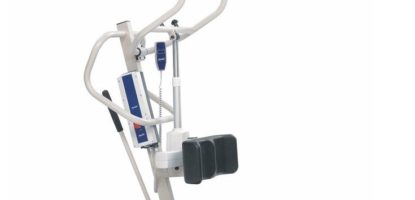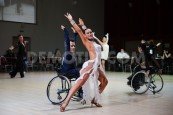
Costumes for Wheelchairs
Planning your Halloween costume can be one of the major perks of fall! The holiday encourages unbridled ingenuity. For one night you’re allowed to dress like whatever you can imagine. Here are some types of costumes that specifically require wheelchairs...









